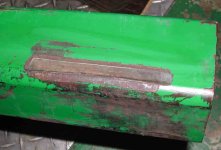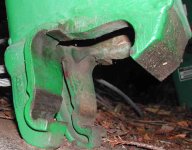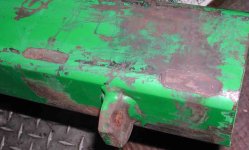westcliffe01
Veteran Member
Those are glacier or INA bearings.
Metal-polymer, Solid Polymer, Reinforced Plastic Composite, Bronze, Bimetallic Bearings
Very inexpensive, readily available. Typically they have a steel shell with a lining made of a bronze teflon composite. There are fancier varieties, but those are used on more expensive equipment like inboad prop shafts on fancy boats.
You may need to make yourself a tool for fitting them, easy to do on a lathe. You may be surprised how cheap a set will run. They do have a thin wall, which is why you can't successfully whack them in with a hammer. They cope well with low lubrication conditions, typical of what you find on offroad equipment. Cheap to replace, which is a big deal for anything that requires servicing.
Metal-polymer, Solid Polymer, Reinforced Plastic Composite, Bronze, Bimetallic Bearings
Very inexpensive, readily available. Typically they have a steel shell with a lining made of a bronze teflon composite. There are fancier varieties, but those are used on more expensive equipment like inboad prop shafts on fancy boats.
You may need to make yourself a tool for fitting them, easy to do on a lathe. You may be surprised how cheap a set will run. They do have a thin wall, which is why you can't successfully whack them in with a hammer. They cope well with low lubrication conditions, typical of what you find on offroad equipment. Cheap to replace, which is a big deal for anything that requires servicing.








